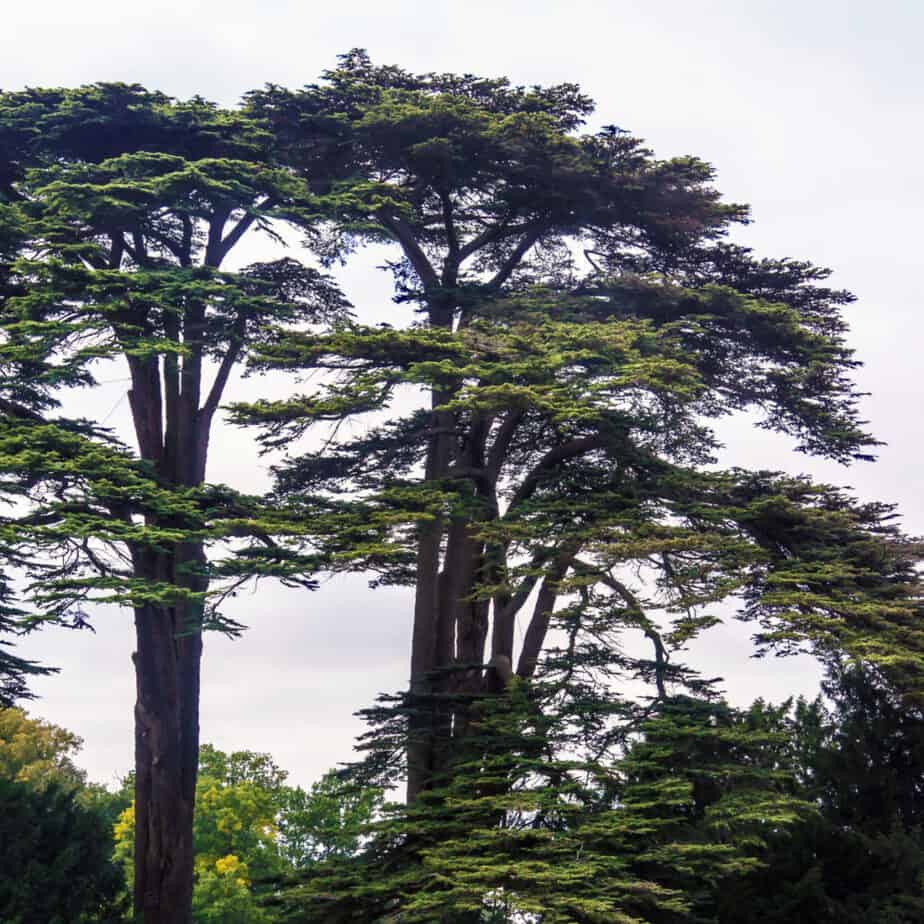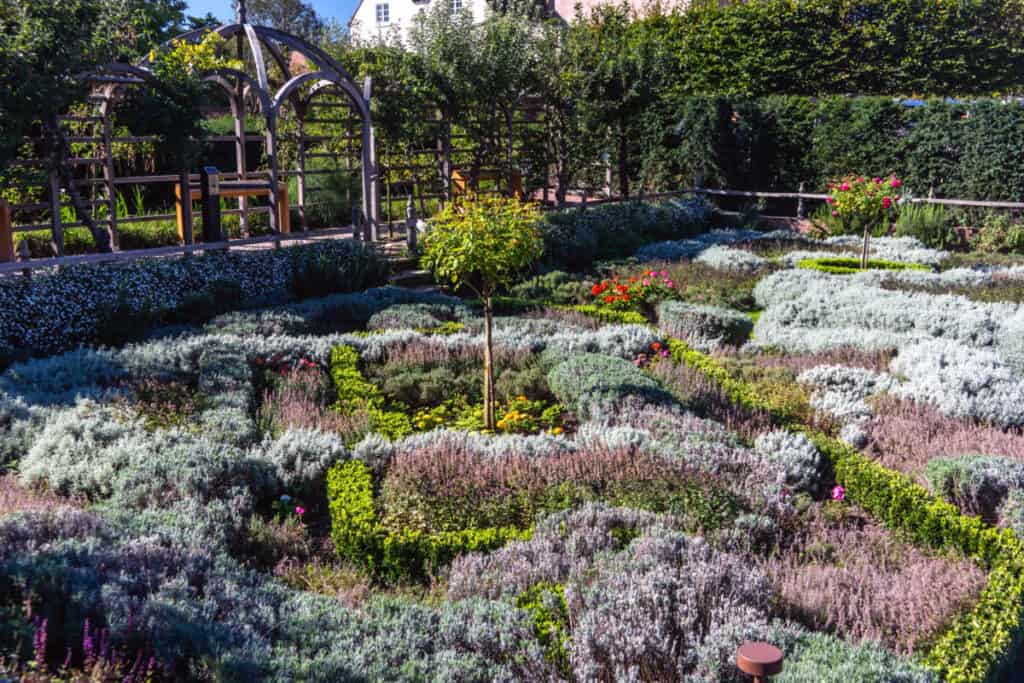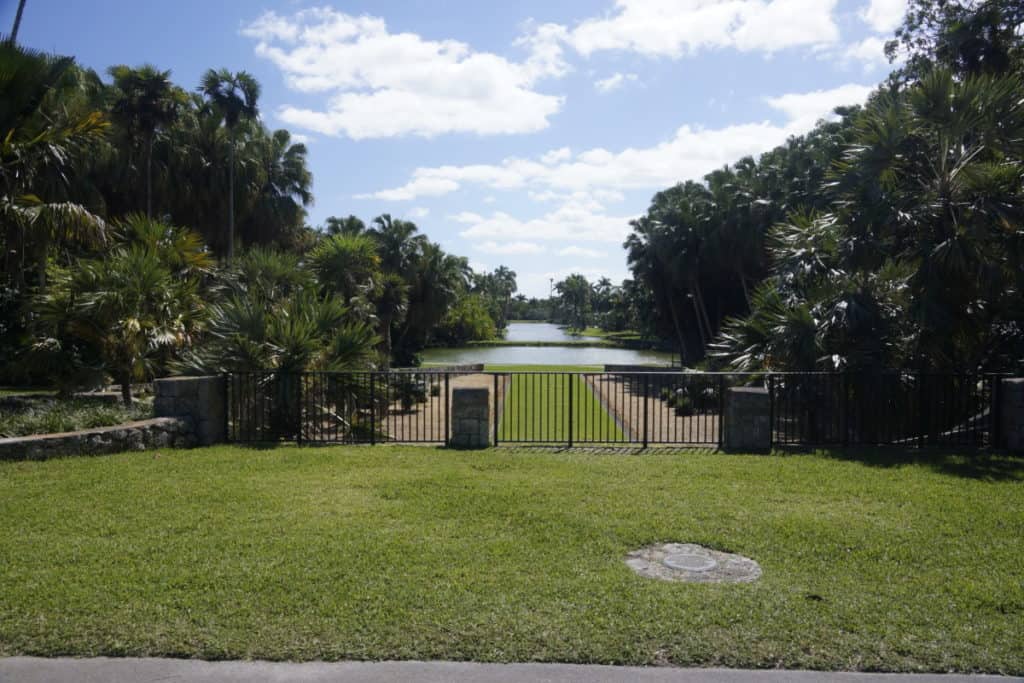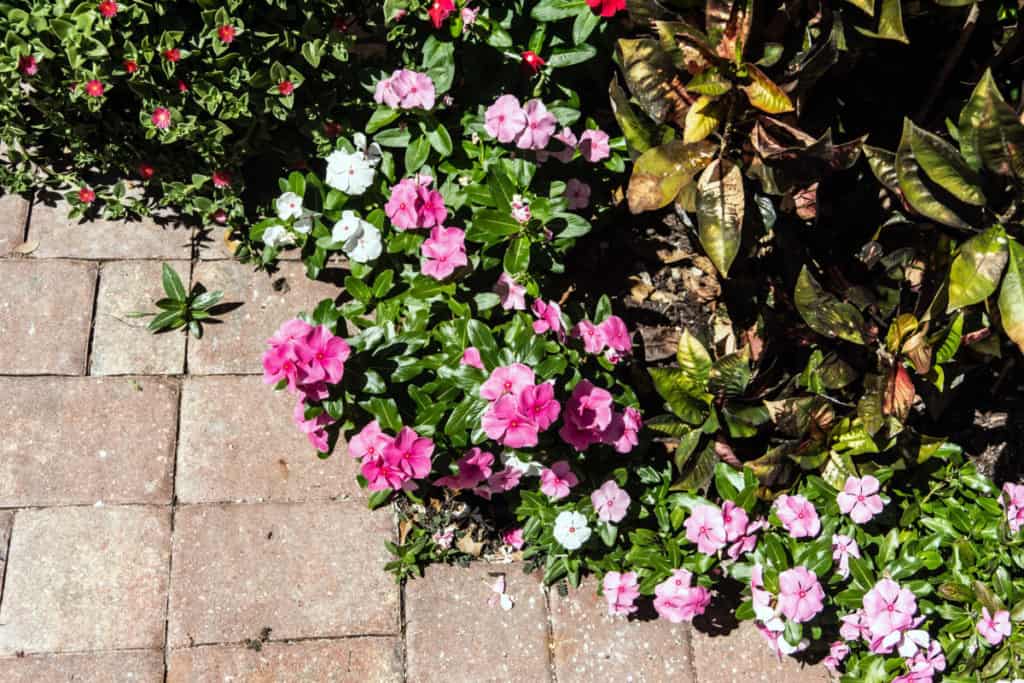A Detailed List with Photos
What can they do for us? Annual bedding plants provide vivid and constant, long-season color. Their bloom season lasts longer than perennial plants; they’re vibrant because a large percentage of the plant is covered with blooming color. A considerable variety of color choices are available, and there are many shapes and sizes to choose from. You can also add scented plants. Especially, it is not hard to develop the skills to blend the annual bedding plants into the garden.
We can make a specific impact with beds and containers of annuals, or incorporate them with trees, shrubs, and perennial plants. Annual flowers create an added string to the gardener’s bow. They can be a relatively low-cost way to try out a new idea or direction to go in the garden. With annuals an error is not a disaster. Yank it out and start again! Here is how to blend them into the garden.
Just What Is An Annual Bedding Plant?
Consider the two categories of plant life that we use as annuals.
- True Annual Plants: lead their entire lives within one growing year. They grow from seed, then flower-create seeds and die each year.
- Warm Climate Perennials: Their lives are short because they cannot survive a frost. In the warm climate I live in, we enjoy them for a few years. For gardeners in most of the temperate climate world, they are a joy for the summer!
Why Plant Something That Won’t Last?
There is a viewpoint that annuals are silly, and unimportant because they don’t last. They do not make a long-term contribution to a garden. I understand that. Plants that last matter. See below, historic trees and a favorite proverb.
“A Society grows great when old men plant trees whose shade they know they will never sit under.”
-Greek Proverb

Whoever planted these trees made a noble contribution to the world, and It is true, the sentiment is wonderful.
We saw these trees in the photo at Upton House, a historic and surprising National Trust house and garden in the UK. They were planted in about 1680. Now that’s real gardening! This is optimism about the world and altruism to enhance life in the future. It’s a noble act. In fact, this is a place that will surprise you in loads of ways.
If you would like an armchair trip or think you would like to go, here is what we saw at Upton House.
Here is Why Annual Bedding Plants Can Enhance Life in The Garden and Just Make Us Happy
Sometimes it’s good enough to get up in the morning and admire the place that surrounds you. Incorporating annual bedding plants in the garden can do this for us:
- Add new beds, and borders, and fill all kinds of containers with annuals alone. There are plenty of varieties to choose from, and next year you can do something new or repeat what you like.
- Propagate those you want to continue with; many are excellent houseplants.
- Incorporate them into beds and borders with trees, shrubs, and perennial plants.
- When spring bulbs have finished blooming, annuals will quickly add interest and do so before the perennials are in bloom.
- Fill in any bare spots as perennial plants grow.
- Fill space and add interest while you decide on a permanent planting.
- Try out new ideas, sizes, shapes, and color combinations in a nonpermanent way.
- Extend fall color.
- Make a statement, celebrate a holiday, with seasonal colors or something patriotic.
- Set a mood for a party, a new color combination for a wedding, anniversary, etc.
- Beginner’s plants are easy to grow, and inexpensive ways to make mistakes.
A good way to use these plants is in hanging baskets, here is how to do it:
‘Making Hanging Baskets That Last For You All Season.’
Where Did We Get Them?
Botanists are curious people. Plants can change lives. Traders and plant hunters saw plants they admired and brought them or their seeds home to try out. Professional Botanists wanted to fill research gardens and develop plants for medicinal use.
The iconic and fragrant Geranium, that we love in our annual beds was found in South Africa and taken to France. Thomas Jefferson admired it there and took it home to Monticello. Then he gave cuttings to friends who passed them down the generations.
The ubiquitous Red Clover that we feed to cattle and use as green manure was a gift to a young republic from General Lafayette. He brought bushels of it, and it fed the new nation and still does today.
No woman immigrant from the Pilgrims onward left home without seeds. She needed to grow food, make medicine, and plant flowers to make her new home, less strange, and remind her of the old one.
Many of the tender, tropical perennials that we use as annual plants in many climates, came from warm places and someone took a chance and made it work. Sometimes it doesn’t work right away.
Consider, for example, the Calibrachoa, now a popular plant. It is called “Million Bells” and looks like small Petunias in striking colors with long and abundant bloom periods. Discovered in South America in the 19th century along with the Petunia, it was not, initially, appreciated. The Petunia was a hit immediately and continues to be so. It is only since the 1990s that the Calibrachoa, long considered difficult to grow, became hybridized into plants that the average gardener now loves. Try them in hanging baskets where they are particularly successful.
Why Are They Called “Bedding” Plants?
The bedding idea comes from the fact that many annuals are compact, low, and will spread to cover a spot of ground with color. You could use these little plants in combination to make a pattern on the surface of your garden. To some extent, you can trace the idea to the Tudor Knot Garden. This was the art of creating elaborate patterns of plants for beauty and utility. You could look at the patterns enclosed by boxwood or other low greens and pick herbs for cooking, a nice scent, or even medicine.
This practice is related to the need to “control nature” at times when nature was a real challenge. It is akin to Medieval gardeners putting a wall around the garden. You could grow what you needed, admire nature, and still feel safe.
You could entertain in these Knot Gardens. We visited Shakespeare’s houses in Stratford Upon Avon. His adult home “New Place” has been excavated by archaeologists. Our guide showed us how Shakespeare would have entertained outdoors. They sat outdoors on warm evenings, served refreshments, and had entertainment. Just like us although the entertainment would have been better at Will’s barbeque! FYI Here is The Shakespeare Trust which runs the Shakespeare historic sites.

The Culmination Of An Art Form
While we still enjoy bedding plants in public or private gardens, planted to display family or city crests, and words and preserve civic pride the high point of the art form was the Victorian Garden. (I will give you a link to one of the greatest. You can see it today!)
Why was this so interesting to the Victorians, and why did people of all economic and social classes get so involved in “bedding out” gardens? It is a fascinating story of an innovative age in history. It is intriguing; we think, today, that these bedding plans are a little artificial, and we want much more naturalized gardens now. But we know that people loved these gardens as we love ours today. And, in the right place, we still do today.

No Societies Without Gardens
While people have always grown food, pleasure gardening for centuries was the province of the wealthy. Producing food was labor-intensive and risky. Most of the population could not just make themselves a beautiful place like Shakespeare had.
Three Events That Changed Everything
The Rise OF Botany And The Great Plant Hunters
By the 19th century, we had roughly two centuries of Botanical Science and Plant Hunters, people who were willing to travel the world searching for horticultural materials to make life better at home. Plant diversity was increasing. Enough time has passed, that people were learning how to incorporate these new materials. Many were tasty, or healthy, and more were beautiful.
The Repeal Of The British “Window Tax”
Britain had a tax on windows believe it or not! This resulted in dark, unhealthy houses. In 1851 the nation, perhaps the world power repealed the glass tax. There were many pleas to repeal it, and those from doctors proved influential. This meant that millions more could have windows.
The Industrial Revolution
More automation, more goods for more people, much cheaper glass! Pretty ordinary citizens could not only have windows-they could build Greenhouses!
With a little greenhouse, you could start your vegetables early, and you could grow the exotic, tropical plants you saw around you. In some cases, these gardens became elaborate displays with greenhouse-grown flowers swapped out several times a year and planted to create magnificent patterns.
Carpet Bedding
This was a creative procedure in which the garden recreated the designs of Persian Carpets. The patterns were cut into green turf in various shapes and planted to recreate the colorful designs of carpets. You and your many house guests could enjoy these on a walk or a ride or even better from a high window in the house, from which you could look down on the whole carpet.
A perfect example of this is the vibrant Victorian garden of Waddesdon Manor in Buckinghamshire. This is the home of one of the English members of the Rothschild family and now in the hands of the National Trust. In times when travel is possible, you can visit this place, a 19th-century recreation of a French Renaissance Chateau.
It is not an ancient British Manor House that shows the effects of centuries of garden tradition. Think of it as Versailles with technology! Its builder, Ferdinand de Rothschild installed vast collections inside his new house and outside too. Special built horse-drawn wagons carried full-grown trees to their new homes. So much for the Greek Proverb! This was instant history, and today it is real Victorian Garden history that you can visit.
Have A Look At Waddesdon Manor
Today Waddesdon’s over 50 gardeners are replaced by professional gardeners, many volunteers, and computer programs that create elaborate plans, convert them into plant materials, and deliver them to the gardeners who plant them like laying tile!
On this website, you will have a look at remarkable examples of “Bedding Plants”. See the collection of videos. If you like gardens do not miss the one in which they recreate outdoors, an entire carpet, from the house, including its central head of Apollo!
As I write this we are on Coronavirus lockdown. Take a virtual tour of a rare garden right here. Go to Explore the Gardens Online and then to Pictures In Plants.
This little video will show you the “Carpet Bedding” still carried out at this amazing house. It was on our to-do list during our canal boat trip on the Thames Ring. Plans changed and while we saw many beautiful houses, this one, sadly we missed. Have a look at the amazing things they did with annuals! It’s still on the bucket list!
You will be in good company. Henry James, Queen Victoria, Anthony Trollop, and the Shah of Persia were on the guest list too! It is in Buckinghamshire, not far from Oxford.
Think of that when you are on your knees some wet spring day!
The Plant List -Annual Bedding Plants To Blend In The Garden
Here are plants in the Annual Bedding category. Each is presented in alphabetical order with the common name(s), botanical name, size, color options, and light requirements; The list should help you make a preliminary shopping list for yourself. You should find a good selection of annuals in all hardiness zones. You can link to the detailed description of each plant which will give you considerably more information. I will keep adding to this list.



Begonia
Angelonia angustifolia
To-18″H
Various colors, foliage colors
Part-Sun/Shade



Coleus
Plectranthus scutellariodes
6-36″H
Various colors, various colors within a leaf
Sun-Sun/Shade


Impatiens
Impatiens
Impatiens walleriana, Impatiens hawkeri
2-3’H
Various colors
Shade, Sun/Shade-Sun







For a warm climate view of using annual plants:
‘How to Grow a Blooming Florida Garden, A Regional Guide For North,, Central and South Florida.’
